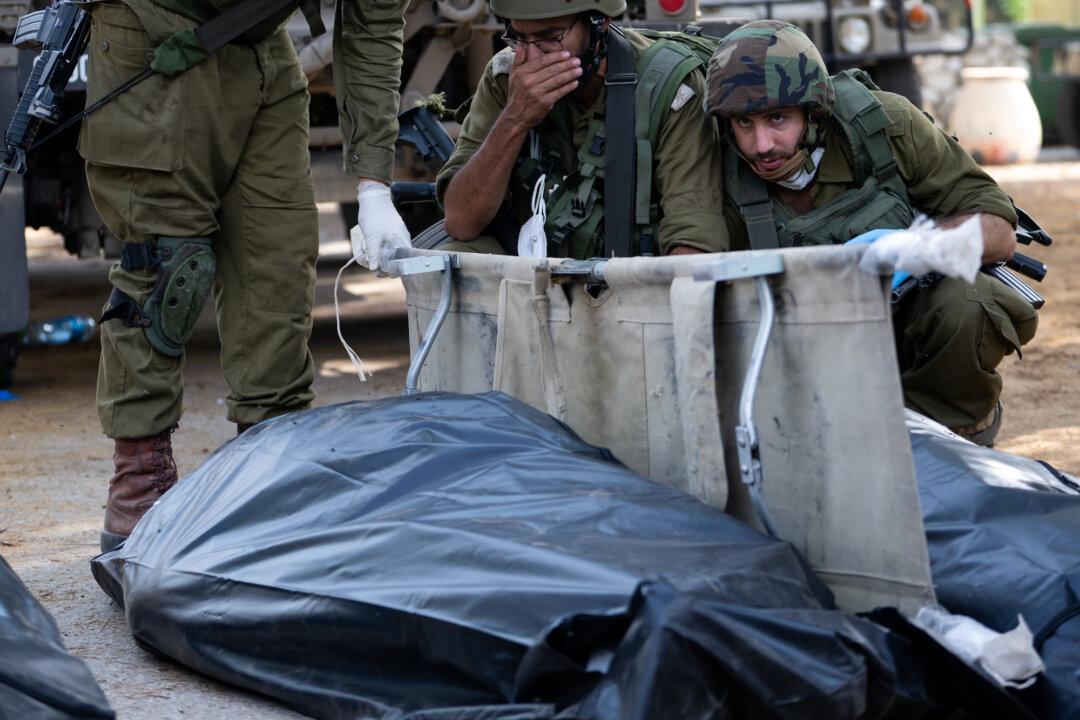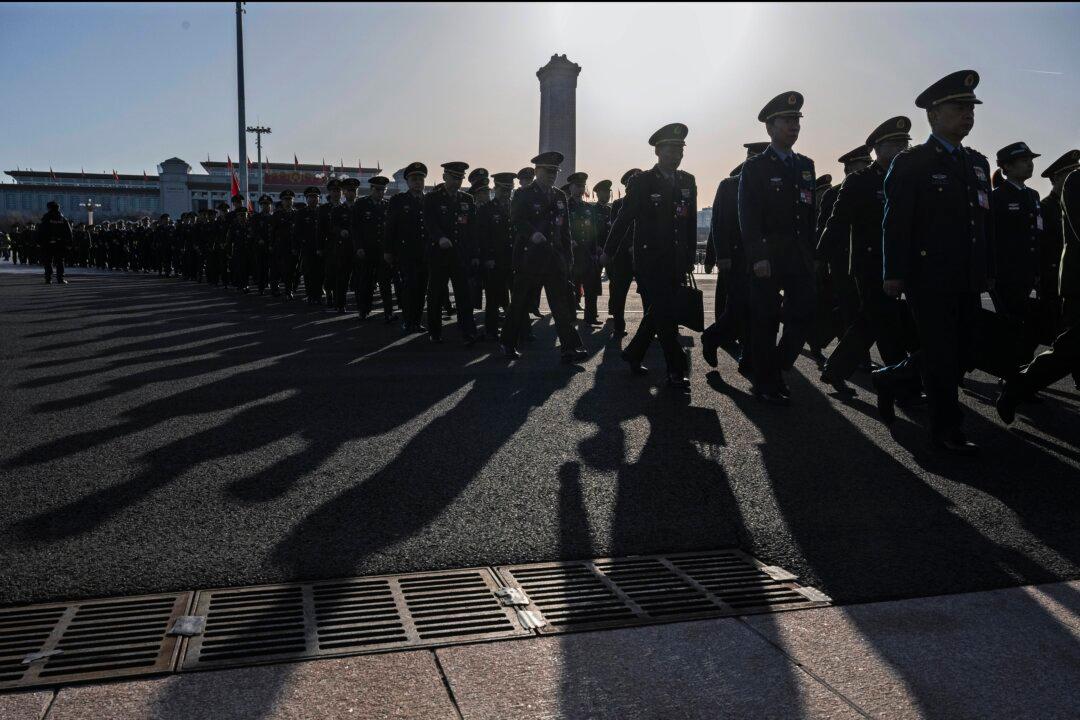The terrorist group Hamas has built hundreds of miles of maze-like underground tunnels in the Gaza Strip, which are expected to pose a challenge to the Israeli army’s ground invasion. However, some military experts believe that Israel can crack the Hamas tunnel warfare with its absolute military dominance.
Hamas launched a brutal terror attack on Israel on Oct. 7, which left over 1,400 Israelis dead and around 200 captured as hostages. This led to the Israel Defence Forces’ (IDF) bombing of Gaza in an attempt to destroy Hamas’ military infrastructure. The IDF issued a notice on Oct. 13, asking 1.1 million Palestinians in the northern part of the Gaza Strip to evacuate to the south within 24 hours.






